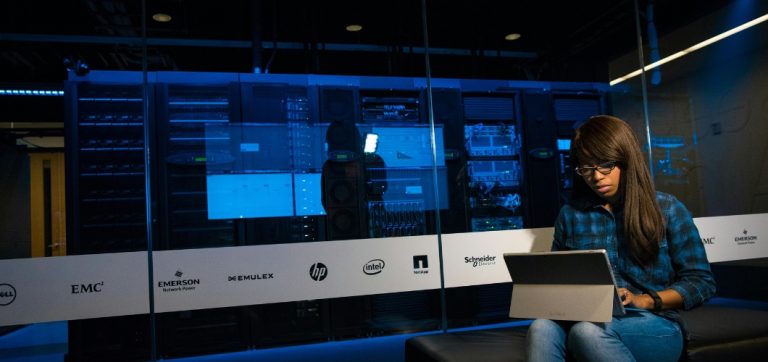In a world buzzing with tweets, pings, and viral videos, it’s easy to forget that not everyone has always had the privilege to be heard. But slowly and steadily, technology is shifting that balance. It’s not just changing the way we live—it’s restoring dignity, giving space to silenced stories, and building bridges for those long ignored.
This is the quiet revolution of digital dignity.
Beyond Access — The Right to Be Seen and Heard
We often talk about the “digital divide”—the gap between those who have access to technology and those who don’t. But digital dignity goes beyond access. It’s about representation. It’s about allowing people to speak in their voices, share their narratives, and be recognized not as statistics, but as human beings.
For a transgender youth in a remote town, a smartphone and a supportive online forum can feel like lifelines. For a refugee documenting their journey on Instagram, technology becomes a means of reclaiming their story from headlines that too often strip away nuance and empathy.
These aren’t just posts or uploads. They are acts of courage, and technology, when wielded right, amplifies them.
Tech as a Megaphone for the Marginalized
Think about voice-to-text tools that help those with physical disabilities express themselves, or AI-generated captions that make videos accessible to the deaf and hard of hearing. These aren’t just conveniences—they’re equalizers.
Platforms like YouTube and TikTok have become stages where creators from rural villages or conflict zones now share their art, their struggles, and their daily lives. Often, they don’t have production crews or polished scripts. But what they do have is authenticity. And it resonates.
One woman’s handmade saree tutorial from a village in India garners millions of views. A young Syrian refugee’s vlog about building a life in Europe brings strangers to tears—and sometimes, to action.
Challenges Still Remain
Of course, it’s not all rosy. Algorithms still silence; hate speech still spreads. The same platforms that elevate voices can also amplify abuse. Digital dignity also means protection. It means giving users tools to control their data, their boundaries, and their peace of mind.
Tech must not just connect; it must respect.
The Responsibility of Building with Empathy
At its best, technology is a tool for liberation. But for that to happen, developers, designers, and decision-makers must centre human dignity from the start. That means involving the communities they’re trying to serve. That means co-creating rather than prescribing.
Real progress happens when people in power ask not “What can we build?” but “Who are we building this for—and with?”
Stories Are Power
Digital dignity is about more than gadgets or apps. It’s about ensuring every human being has the chance to say, “I matter. My story matters.” Because when people are truly heard, they become impossible to ignore.









